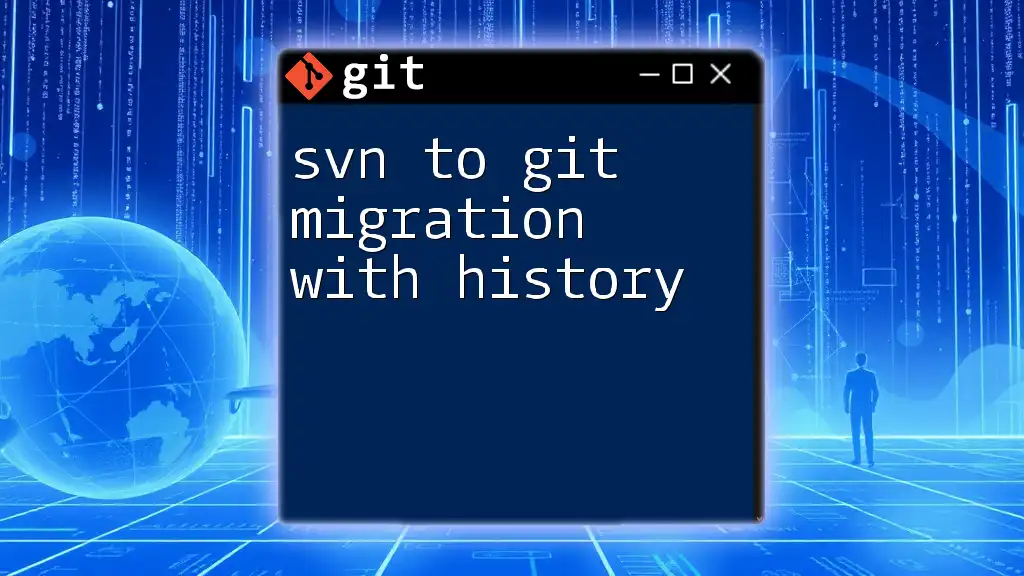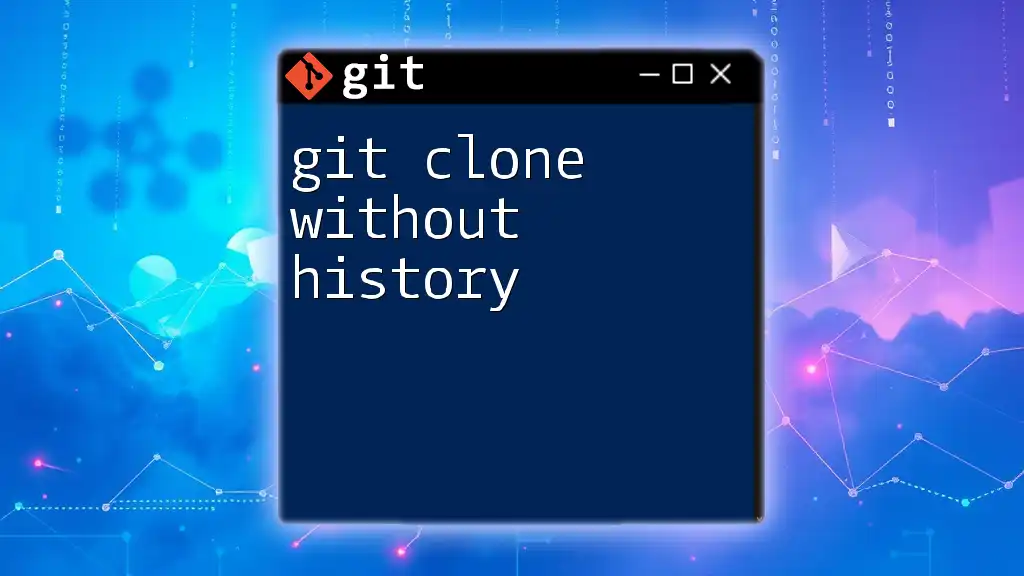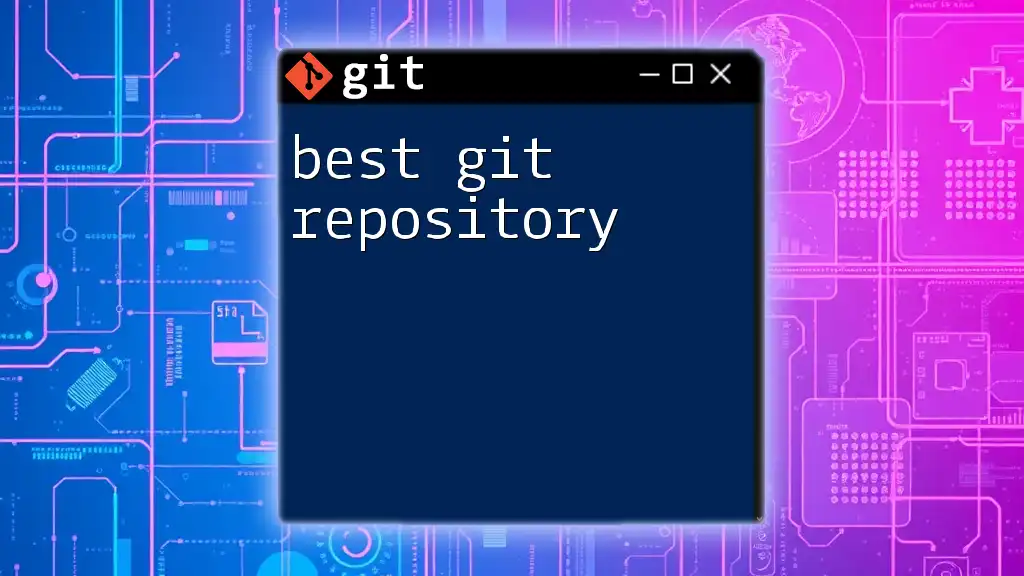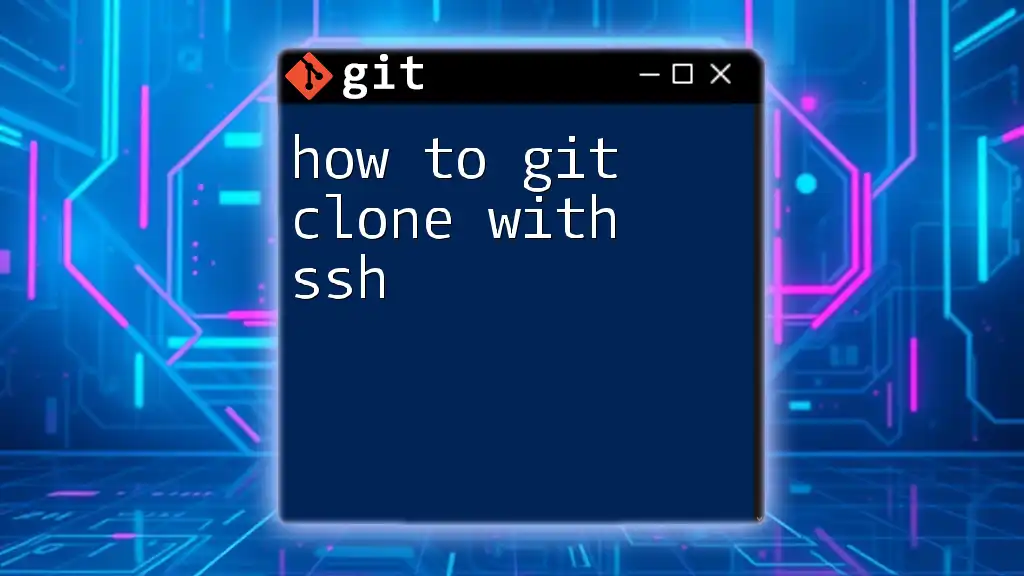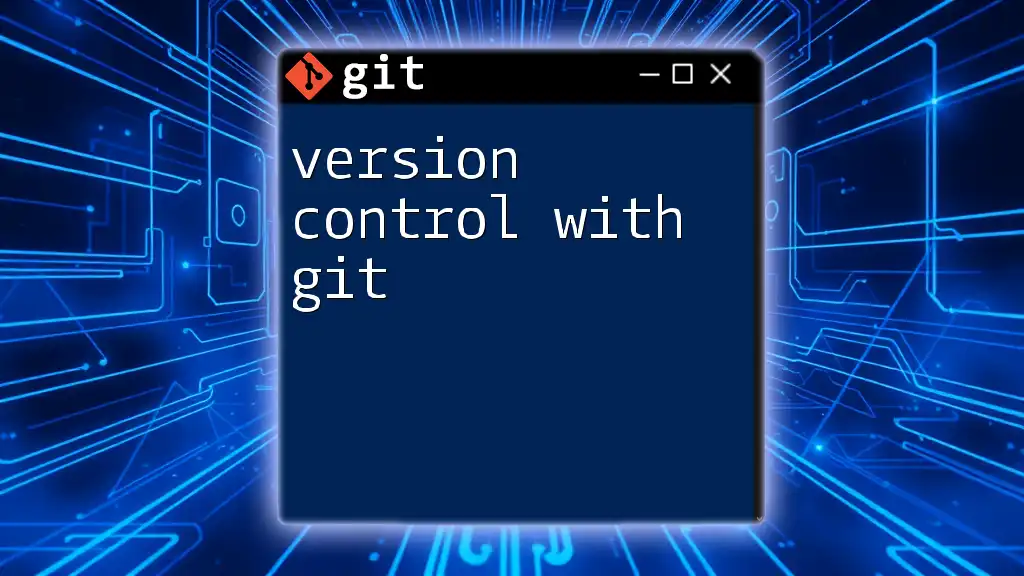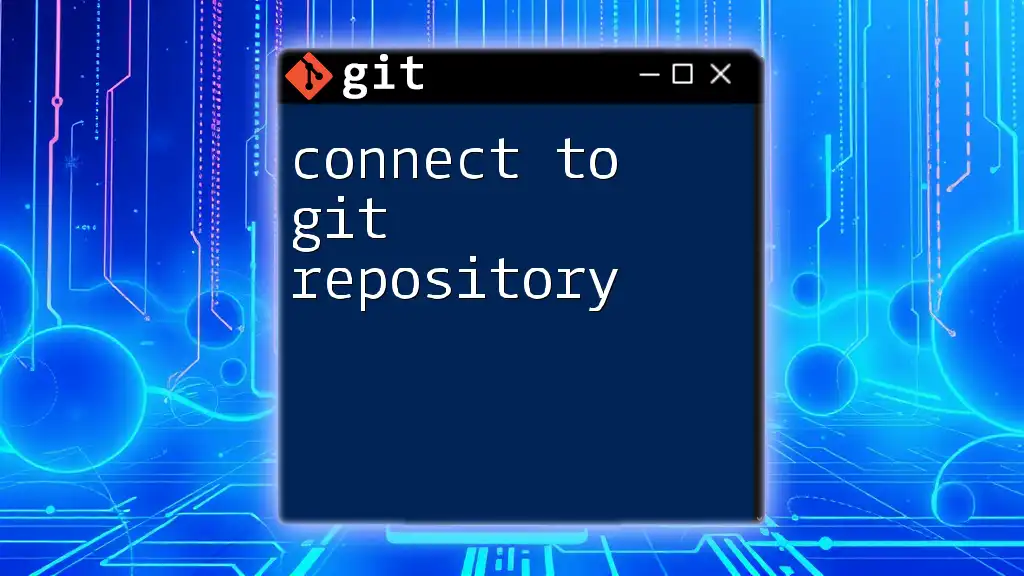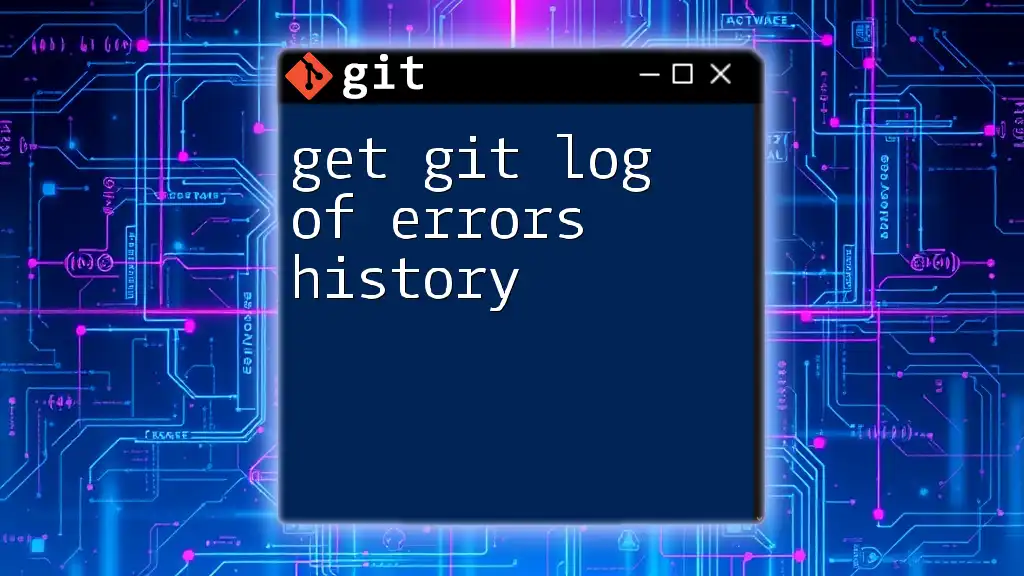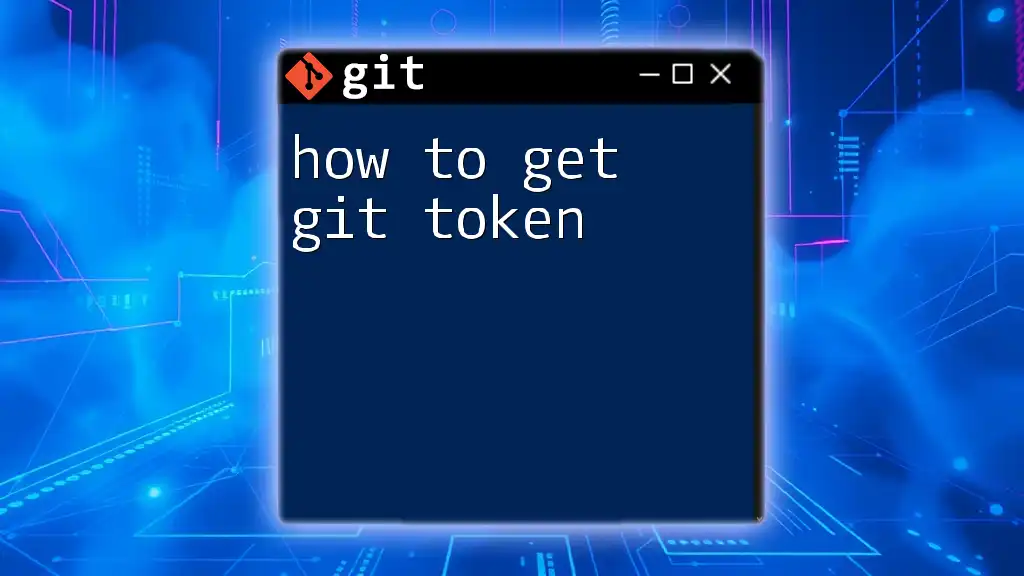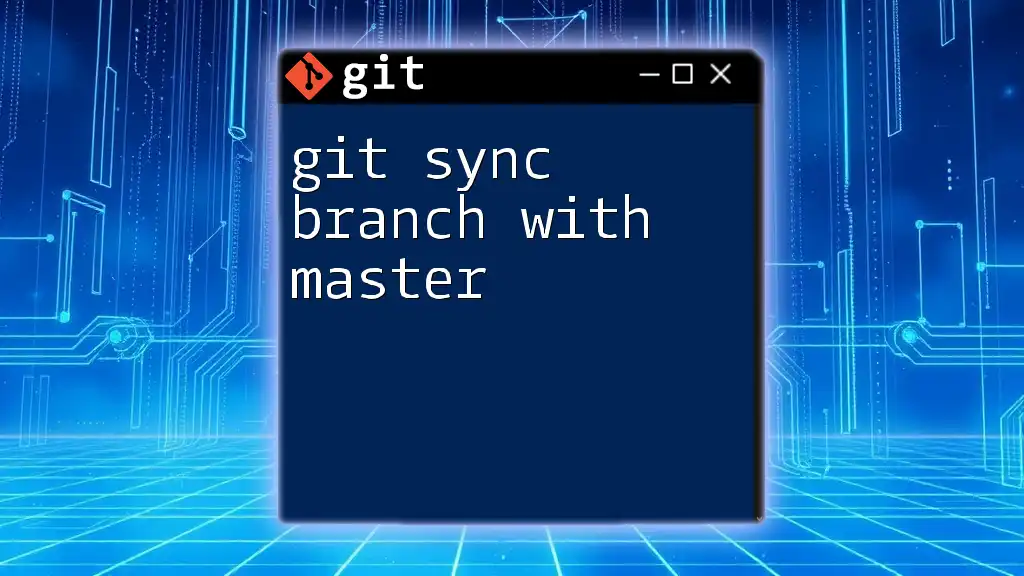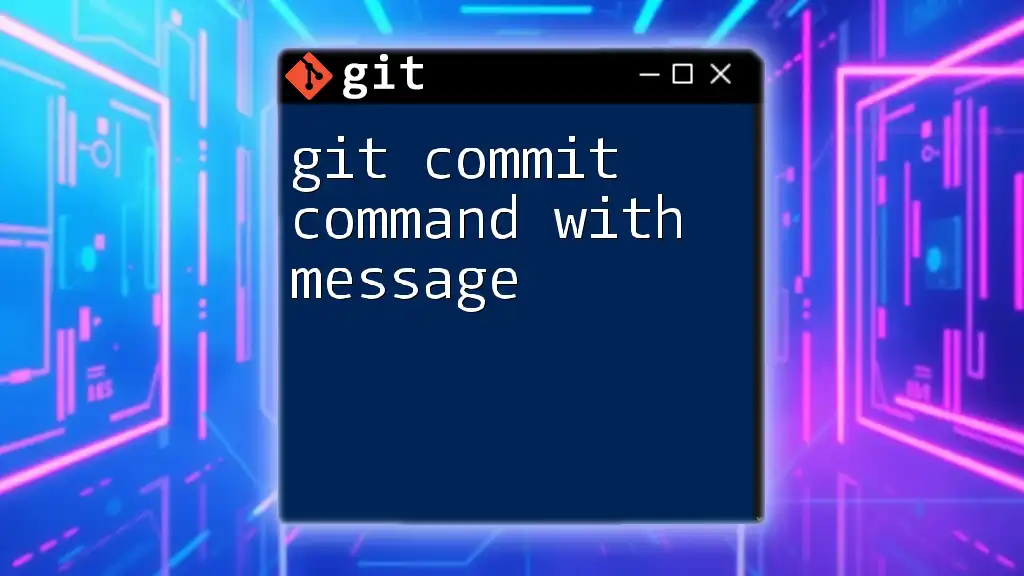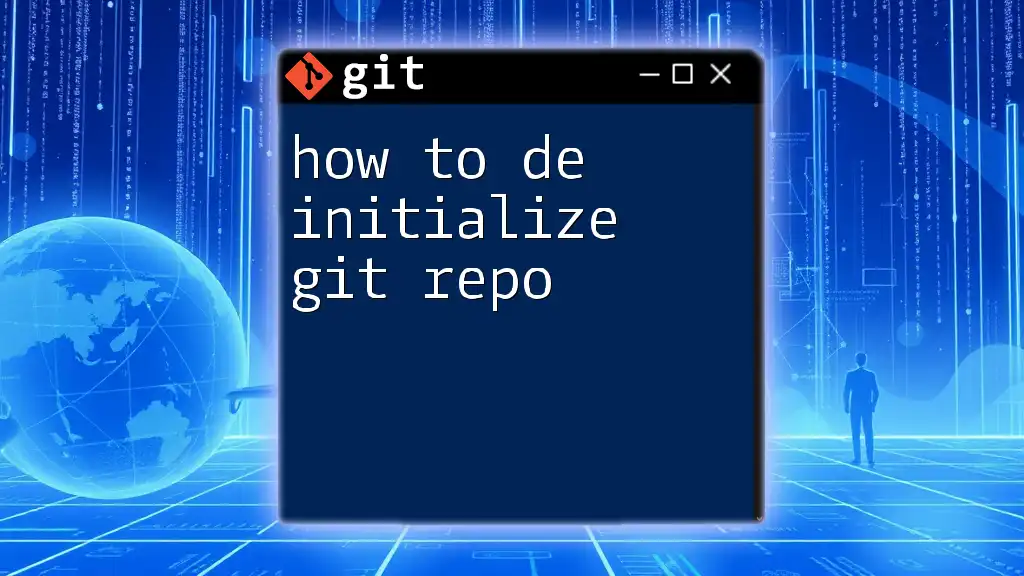Migrating from SVN to Git while preserving history can be achieved by using the `git svn` command, which allows for seamless integration of the SVN repository into Git.
git svn clone https://svn.example.com/repo --stdlayout --no-metadata -A authors.txt --prefix=svn/ local-git-repo
What is Version Control?
Version control systems (VCS) are essential tools for developers, enabling them to track changes in code, collaborate with others, and manage different versions of a project. They allow multiple users to work on the same project without conflict, storing a history of changes for easy reference and recovery.
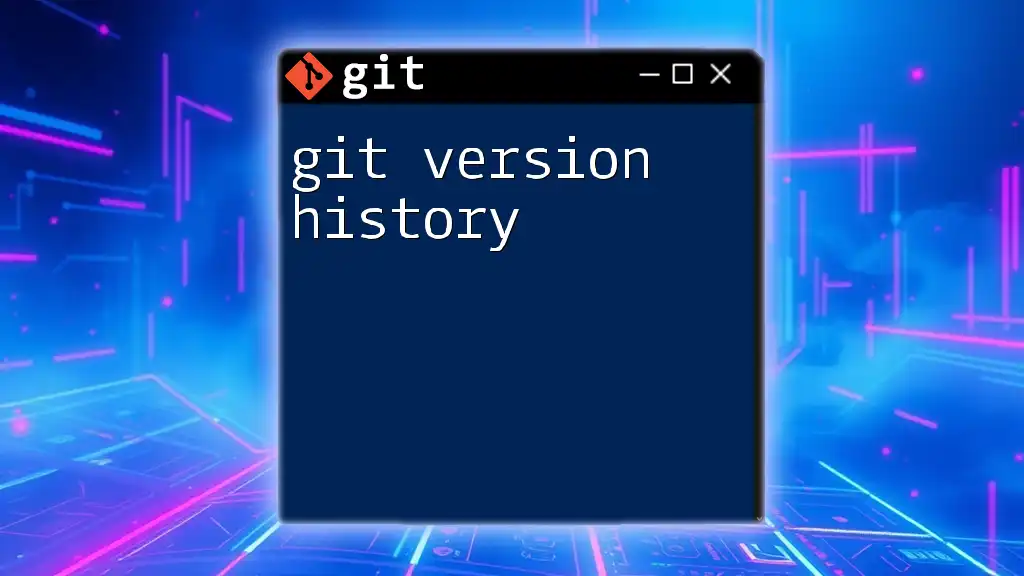
Why Migrate from SVN to Git?
Subversion (SVN) and Git are both popular version control systems, but they operate fundamentally differently. While SVN is centralized, meaning there’s a single repository for the entire project, Git is decentralized, allowing every user to have a full copy of the repository.
Migrating to Git offers several benefits:
- Enhanced collaboration: Multiple branches can be managed effortlessly, enabling parallel development.
- Improved branching and merging: Git's branching model encourages experimentation and robust workflows.
- Speed: Git operations are generally faster because most operations are performed locally.
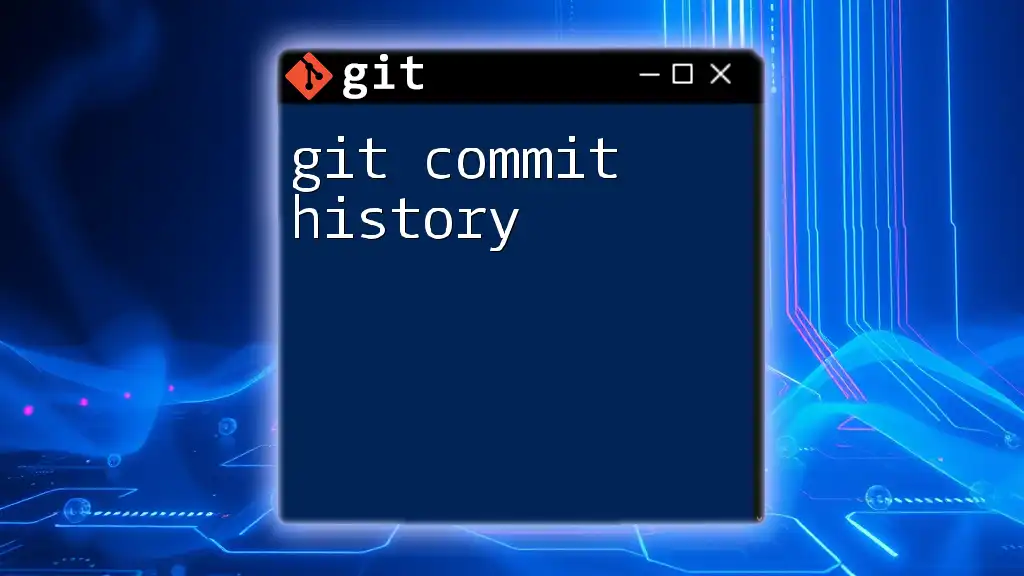
Understanding SVN and Git
Overview of SVN (Subversion)
SVN has been widely used for its simplicity and centralized approach. Each user checks out a working copy of the codebase, makes changes, and commits them back to the central repository. The history maintained by SVN is linear, meaning it can be more challenging to visualize complex project histories.
Overview of Git
Git, on the other hand, uses a snapshot-based model, meaning every commit creates a snapshot of the entire project at that point in time. This allows for a comprehensive history of changes, making it easier to understand the evolution of the project. Git is also designed with collaboration in mind, making it adaptable to various workflows.
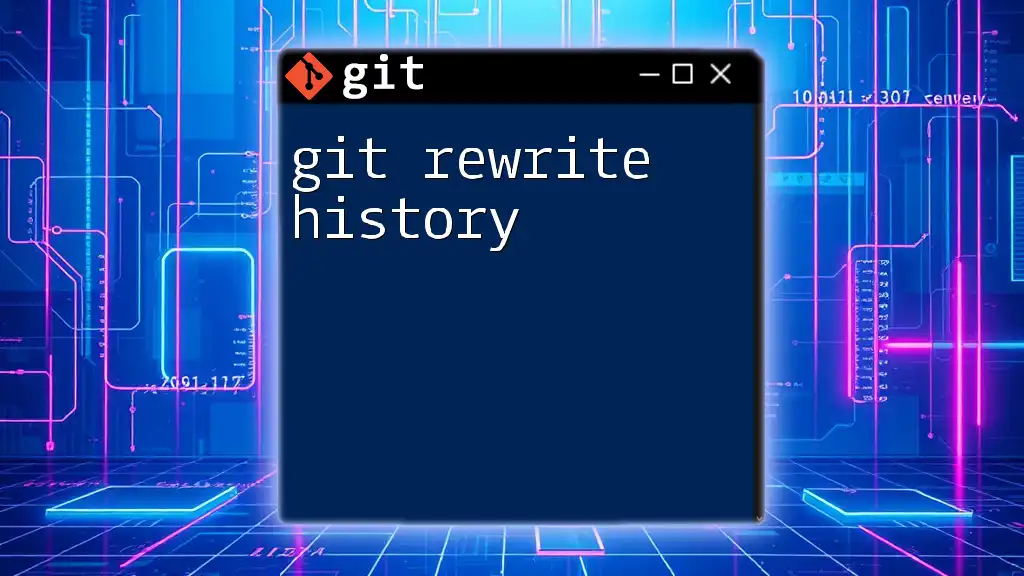
Pre-Migration Preparation
Assess Your Situation
Before starting the migration, it's important to assess the current situation of your SVN repository. Consider factors like your repository size, the complexity of the project, and the number of branches and tags. By understanding your project's structure, you can effectively plan the migration.
Backup Your SVN Repository
Backup is a crucial step in any migration process. Before making significant changes, ensure you have a backup of your SVN repository. Use the following command to create a backup of your SVN repository:
svnadmin dump /path/to/svn/repo > repo_backup.svn
Identify Migration Tools
There are various tools available for svn to git migration with history. Key options include:
- git-svn: A Git command that allows you to interact with SVN repositories using Git.
- svn2git: A Ruby-based tool designed specifically for migrating SVN repositories to Git.
- SubGit: A third-party tool that allows for continuous synchronization between SVN and Git repositories.
Each tool has its pros and cons, so consider which fits best with your migration goals.

Migration Process
Using git-svn for Migration
To begin the migration with `git-svn`, you must first install it. For instance, on Debian-based systems, you can use:
sudo apt-get install git-svn
Once installed, you can clone your SVN repository while preserving history. Use the following command, making sure to replace `[SVN_REPO_URL]` with your actual SVN repository URL:
git svn clone [SVN_REPO_URL] --stdlayout --no-metadata --authors-file=authors.txt
Here's what the command options mean:
- `--stdlayout` assumes a standard layout for your SVN (trunk/branches/tags).
- `--no-metadata` prevents unnecessary metadata from being added to commits.
- `--authors-file` allows you to map SVN usernames to Git usernames, which is crucial for maintaining commit history fidelity.
Using svn2git for Migration
Another option is `svn2git`, which simplifies the migration process for larger SVN repositories. First, ensure you have Ruby and the `svn2git` gem:
gem install svn2git
To migrate your SVN repository, use the following command:
svn2git [SVN_REPO_URL] --branches [branches_path] --tags [tags_path]
The `--branches` and `--tags` options specify how to handle the branches and tags in your migration, ensuring that your project’s structure remains intact.
Using SubGit for Continuous Synchronization
For teams that may need continuous integration between SVN and Git post-migration, SubGit is an outstanding option. After installation, SubGit synchronizes SVN and Git repositories, allowing changes to flow in both directions.
This is particularly useful in teams transitioning to Git while still relying on existing SVN infrastructure. SubGit not only assists in migration but also provides a gradual path towards fully adopting Git practices.
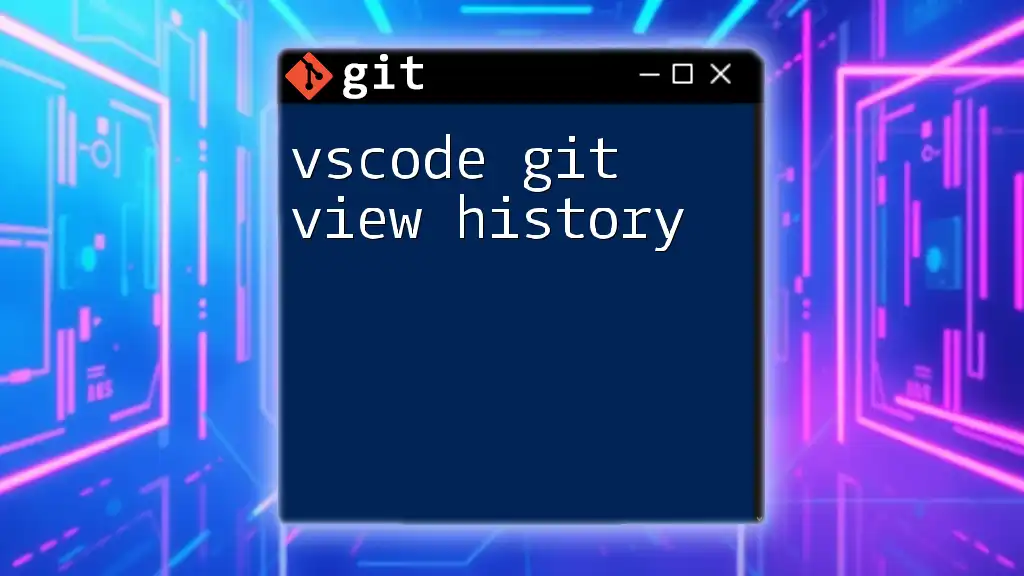
Post-Migration Steps
Verifying the Migration
Once you have completed the migration, it's crucial to verify that everything has transitioned smoothly. Start by checking the commit history in the new Git repository:
git log --oneline --graph --decorate
This command will provide a visual representation of the commit history. Additionally, ensure that all branches and tags are present by running:
git branch -a
Setting Up Remote Repository
After confirming that your local Git repository mirrors the original SVN repository accurately, set up the remote repository. You can push your new Git repository to a remote service such as GitHub or GitLab using:
git remote add origin [GIT_REPO_URL]
git push -u origin --all
git push -u origin --tags
This ensures all branches and tags are uploaded to the remote Git repository, making it accessible to your team.
Training Your Team
With the migration complete, it’s vital to train your team on how to use Git effectively. Outline the differences between SVN and Git and offer resources such as tutorials or documentation. Also, consider hosting workshops or meetings to facilitate a smoother transition.
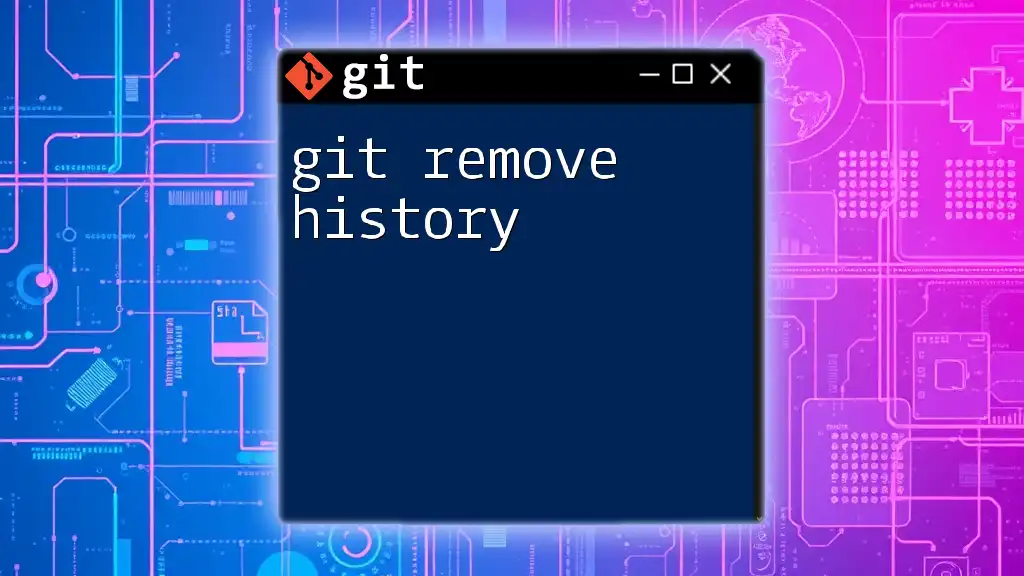
Troubleshooting Common Issues
Handling Migration Errors
During the migration process, you may encounter errors. Common issues include conflicts in branches or missing commits. Always check the error messages closely for clues, and consult the documentation for your migration tools if needed.
Maintaining History Integrity
Maintaining the integrity of your project's history is essential during migration. After the migration, check for discrepancies in commit messages or timestamps. You can use Git’s built-in commands to inspect your commit history, ensuring everything aligns as intended.
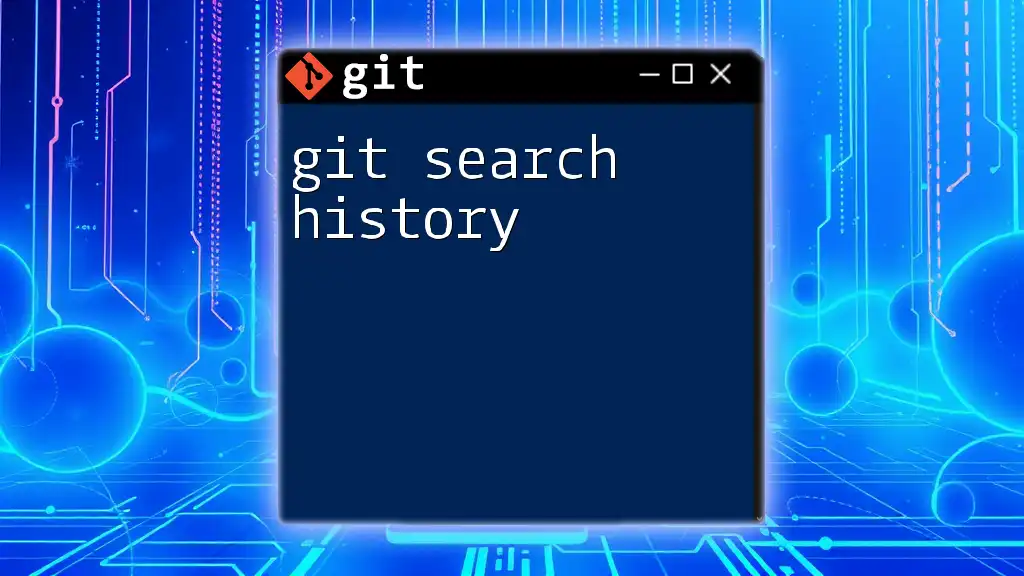
Conclusion
In summary, the svn to git migration with history involves a careful, planned approach that considers all aspects of your SVN repository. By choosing the right tools, understanding the migration process, and ensuring your team is adequately trained, you can successfully transition to Git.
Embrace the power of Git for your future development endeavors, and consider seeking professional training or ongoing support to fully utilize its capabilities. Transitioning to Git will empower your team, enhance collaboration, and ultimately foster a more innovative development environment.
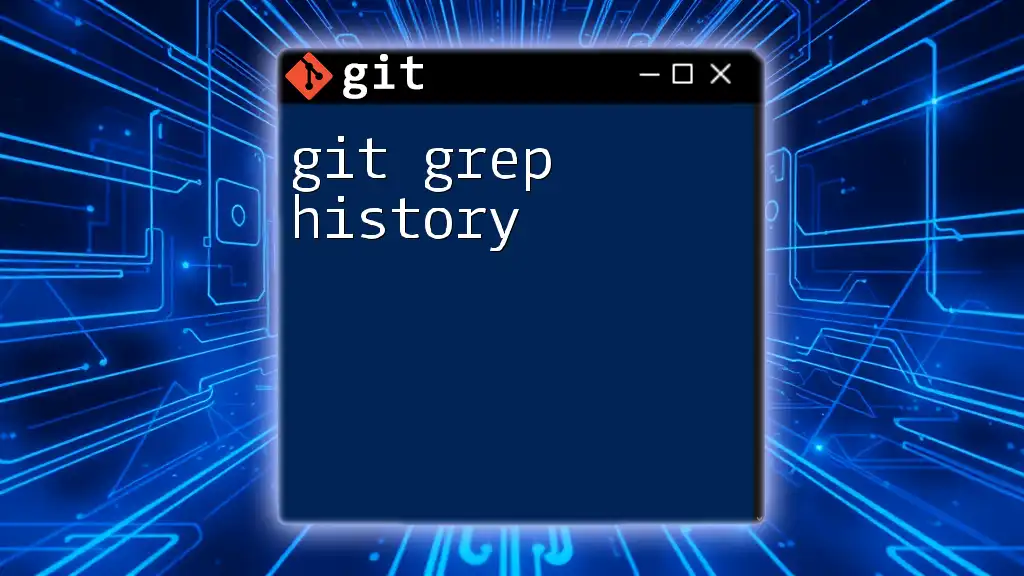
Additional Resources
For those eager to continue their learning journey, consider exploring online tutorials, forums, and detailed documentation tailored to Git and migration processes. This will not only aid in mastering Git but also help in establishing best practices within your team. There are many tools available that can further streamline your Git management and collaboration, enhancing productivity and efficiency.

